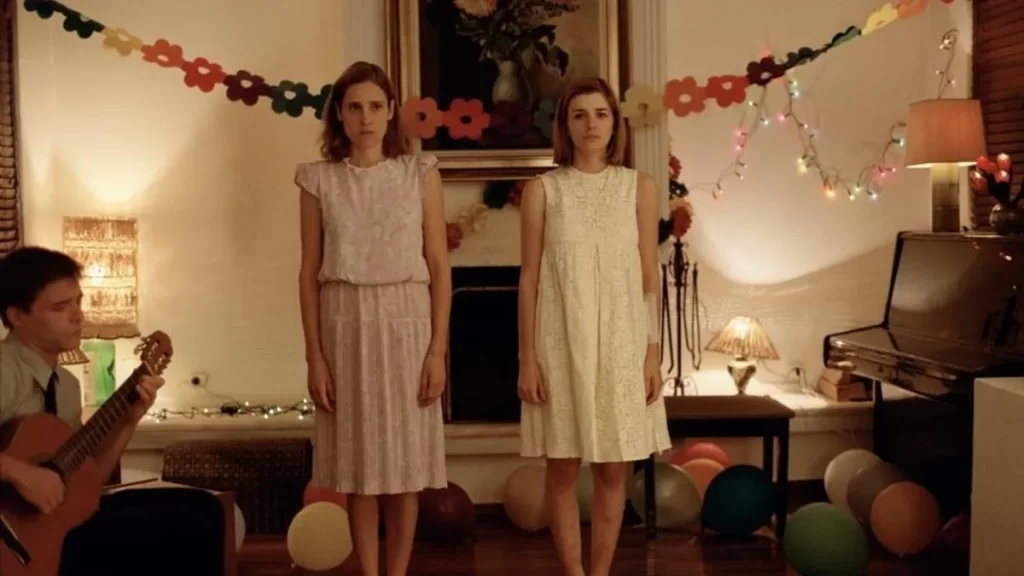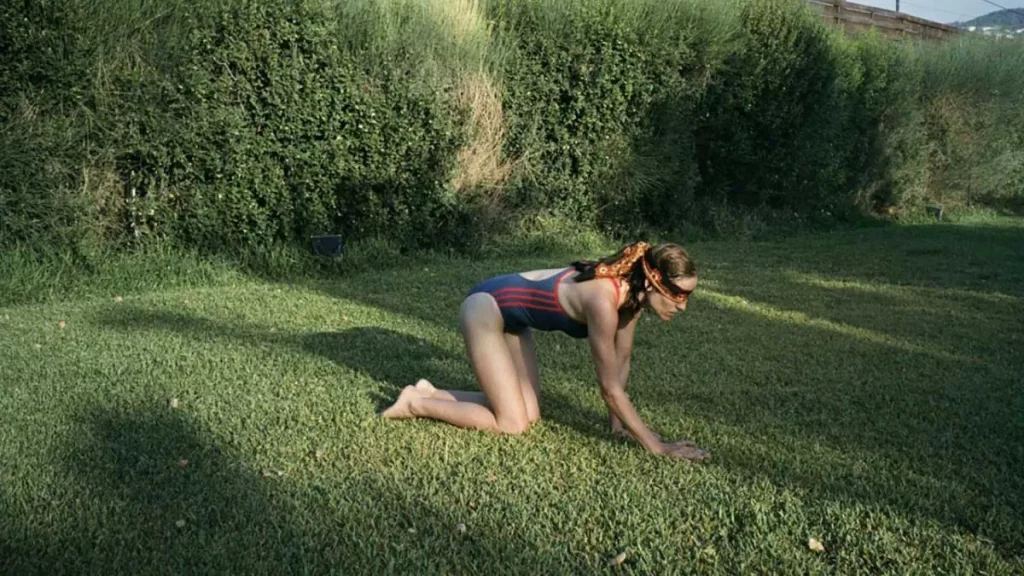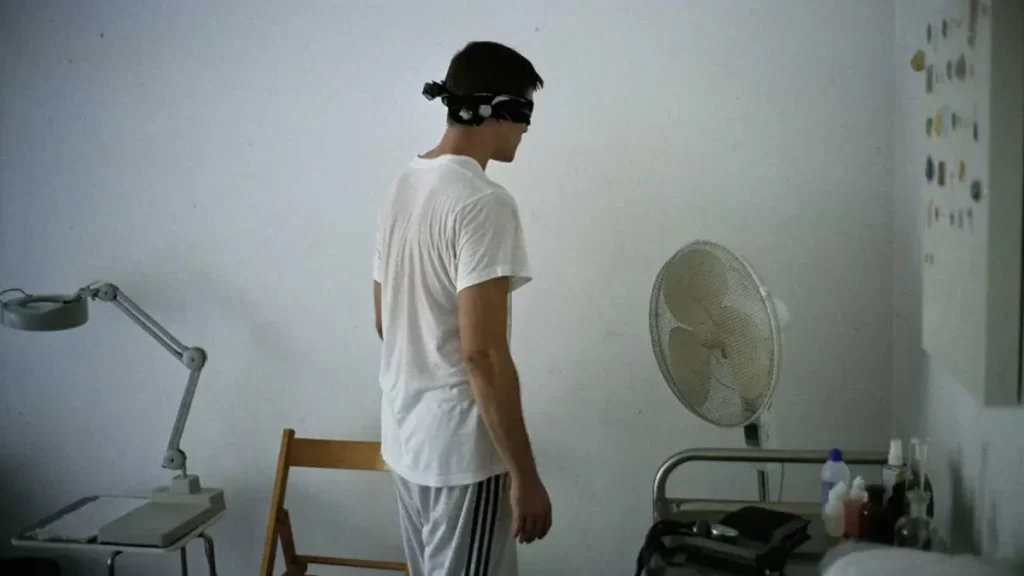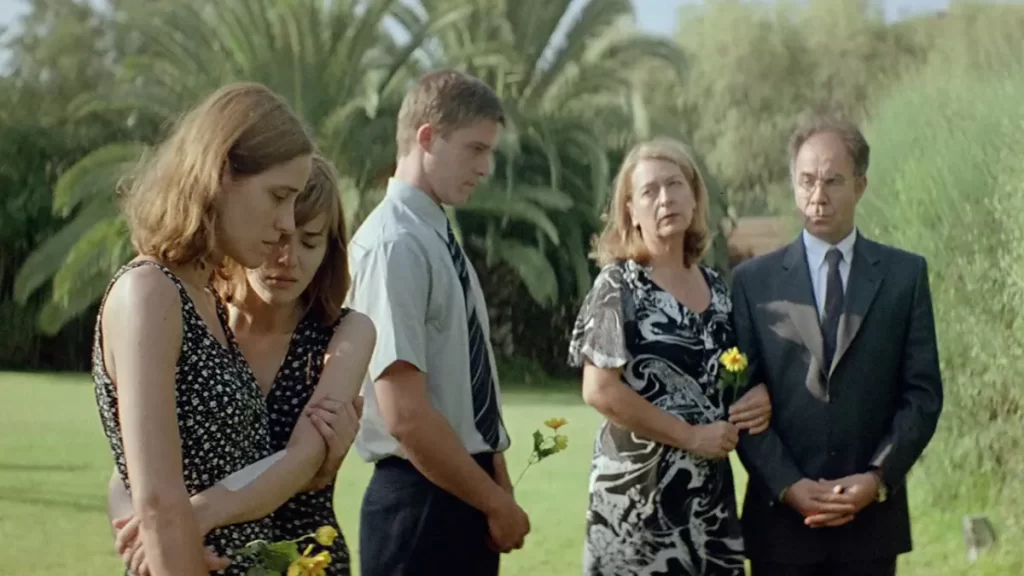On September 9, 2023, the winners of the 80th Venice Film Festival were announced: the main award, the Golden Lion for Best Picture, went to Poor Things by Yorgos Lanthimos, starring Emma Stone. Critics are already calling the film the best in the director’s career and predicting it to become a cult film. But how did Lanthimos gain his fame?
One of the director’s earliest works, which, however, became a defining moment in his career, is the 2009 dramatic thriller Kynodontas. The film’s release is dedicated to this year’s anniversary of Yorgos Lanthimos, who celebrated his 50th birthday in May.

The plot of the film revolves around a family living on the outskirts of the city. Their large house is surrounded by a high fence. None of the children have ever been outside this isolated world: they grow up, have fun and learn as their parents see fit.
The film became a new stage in the history of Greek cinema
In 2011, Kynodontas was nominated for an Academy Award in the Best Foreign Language Film category (now Best International Film). This event shook up the world of Greek cinema, because the last time a film from Greece was nominated for an Oscar was in 1977 (it was Michalis Kakoyannis’ Iphigenia). In addition, Kynodontas is the first Greek-produced film to be officially selected for the Cannes Film Festival in the last decade at the time of its release. The film won the Un Certain Regard award at Cannes.
As one of the film’s producers, Yorgos Tzourgiannis, said: “This award was a monumental honor for Greek cinema as a whole.”
Lanthimos’s Kynodontas also marked the beginning of one of the most famous movements in contemporary cinema, the Greek Bizarre Wave. The films of this phenomenon usually explore political and cultural issues through disturbing and uncomfortable subjects. They are made on a limited budget due to the financial situation in the country, contain strange unrealistic dialogues and feature hypnotic cinematography.

Lanthimos’ films are characterized by absurdist dialogues and almost dystopian conflicts. It is his early films, including Kynodontas, that deeply reflect the director’s national origin. The films capture the grief and disunity felt by the Greek people as their nation seemed to be disintegrating under the weight of economic instability and political corruption, and intergenerational conflict is also a frequent theme in Lanthimos’ films.
The idea of the movie
Yorgos Lanthimos came up with the idea for the film in a conversation with his friends who were about to get married. The idea of sincere love, devotion and the institution of the family prompted Lanthimos to think about what would happen to a person who would go to extremes to protect his family.
Lanthimos created a fictional world for the viewer in which he embodied an unnatural, rather dark idea. The director used a family story to show that there is a general level of control in society that can change the way we understand the world – children are brought up to believe in numerous myths created by their parents, which shape their view of social relations, the world and their interaction with it.

The title of the movie
The title of the movie itself has a direct connection to the plot: children cannot leave their homes until they lose their fangs. But this condition is a trap in itself: human canines are much less susceptible to caries than other teeth, and they are protected by a much thicker layer of dentin.
The plot of Kynodontas develops almost like a fictional social experiment. The film challenges the notion of children born in isolation and the habits and worldviews they might develop without a society to imitate.
Film production

Kynodontas was the debut feature film for the Athens-based advertising company Boo Productions. The Greek Film Center supported the project by allocating about 200 thousand euros, and a significant part of the filming was done with the help of volunteers. Another 50 thousand euros were offered by the production studio, bringing the total budget to 250 thousand euros.
Anna Kalaitzidou and Christos Passalis were theater actors who were cast after having previously worked with Lanthimos. Marie Tsoni was not a professional actress, but a singer in a punk band. Lanthimos had an open approach to both acting and visual style, and believed that it would look fake if he went too deep into the details. It was only when rehearsals began that he began to develop an idea of the style in which the film should be shot: he tried to combine a realistic environment with “really stark framing and a cool, surreal look that would fit the narrative.”
Due to the limited budget, the film was shot in five weeks and with a single lens – an anamorphic lens with a focal length of 50 mm.



